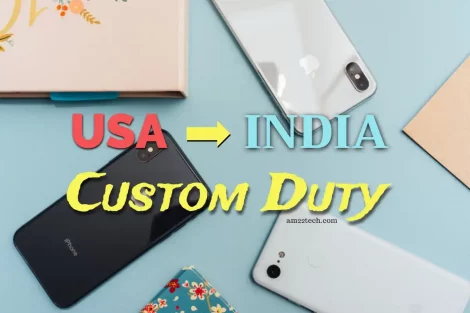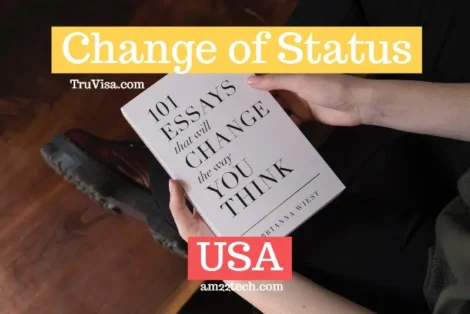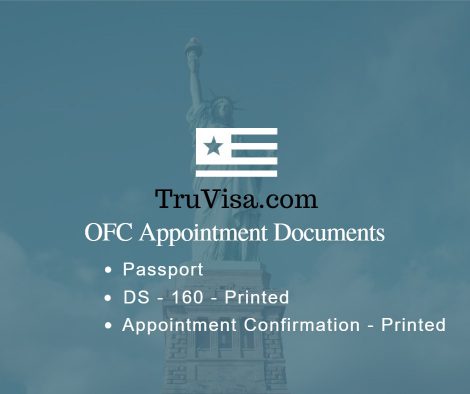|
Listen to this article
|
Sample Skill-certificate/ technical-experience letter as evidence of prior work experience from your previous/current employer in the USA.
You need it at the time of filing the H1B PERM (labor) and I-140 application as part of the GC (Green Card application) process.
A skill letter has no standard format. It varies from company to company and from Attorney (lawyer) to Attorney.
In the USA, USCIS needs this employer-provided detailed experience cum tech verification letter with responsibilities and duties for H1B, to evaluate the basis of your Green card application.
These days, they are not accepting co-worker’s written experience letters as legitimate. You should try to get it from your manager or human resources (HR) department from your previous employer.
You can also write this same skill letter format for Australia’s Skilled PR immigration and Canada’s Skill assessment.
This article will discuss:
Create Skill Letter USA for PERM filing Online
Use our app to create the skill letter verification letter for your PERM/i140 filing. The app makes sure that no details are missed and your chances of PERM approval are higher.
Open App in new Window
Sample I-140 skill letter in DOC format
This same letter is available in Doc format here. You can copy and paste from here and use it for your purpose.
PERM Letter Content to Avoid Denials
#1 Include full period of employment in Skill Letter
Include the full period of employment even if part of it was outside the USA or any other country.
For example, If you worked for 2 years in India and then worked in the USA for 1 year for this company. Include the full employment period by specifically mentioning the tenure in India and the USA separately.
#2 Include ONLY relevant work experience/technologies
Write the work experience or technologies that are mentioned in the JOB advertisement that your current company has used to hire in the USA.
For other countries like Australia and Canada, the work experience should be relevant to the visa or skill that you are applying to.
This is important as the technical skills and the job-responsibility verbiage should remain the same during the whole process of documentation of the GC process to maintain consistency. Attorneys recommend matching the verbiage with the job advertisement that the company has published in various newspapers.
#3 Do not write Everything
The skill letter is not your resume or CV, so stay away from writing each technology that you have ever heard of! Be specific and to the point with the roles and technologies.
You should only write 4-5 technologies that you have worked on and it should MATCH with your CURRENT job (which you are using to file GC).
Employer May Issue Letter only once
Not sure about your specific company, but most of them just issue it once in their lifetime on their letterhead.
So, just be very careful with the verbiage contents of the letter. You might not be able to change it later.
This letter can certainly be used for other purposes/country’s visa applications.
For example, Canada and Australia also demand this letter as part of their immigrant visa applications while verifying the experience of the applicant.
Hence, it is advisable to address the letter as ‘WHOMSOEVER IT MAY CONCERN‘ rather than specifically to ‘USCIS‘. This would help you use the letter in multiple places.
Full Address & Contact Number
The official employer letterhead that you use to print these letters should clearly show the company’s address (could be any in case of multiple offices) and reachable contact numbers.
Need Help File Application?
Support
Use hassle-free visa extension and EAD filing service to file your application with USCIS
Visa status issues consultation includedQuick Service
Filed within 1-2 days if you have all the documents ready and uploaded
Emergency service availablePhoto
You click, we edit photos as per US visa requirements to remove background, align face and shoulders
Photo printing includedUSCIS or any other company that scans this document might contact them over the phone or by paper letter to verify your claims. If the letterhead does not inherently have the address and contact numbers, then you should add them.
Sometimes, the skill assessment from countries like the USA, Australia, and Canada does contact the employer to verify the details you have mentioned. So, be careful.
Letter From Colleague
This experience letter can be printed on your colleague from your previous employer can be printed either on the employer’s letterhead or a plain piece of paper.
If it is on a plain piece of paper, it should be notarized.
If the colleague has left the previous employer too, this should be mentioned in the letter that the current person is NOT working with the previous employer.




